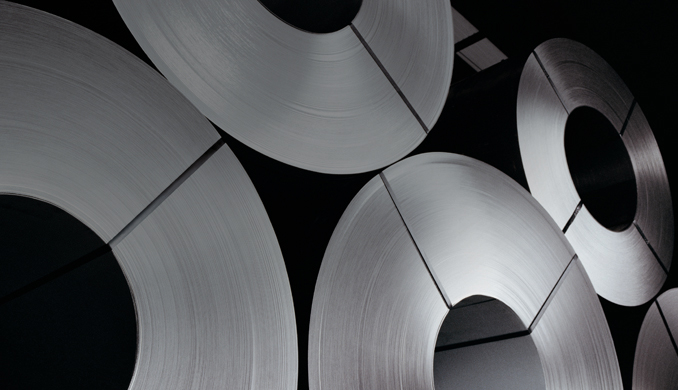Honeywell’s safety innovations protect the livelihoods of 500 million workers. With a legacy spanning over a century, Honeywell provides comprehensive PPE solutions from head-to-toe. Honeywell offers a vast of product solutions from brands you trust like Miller®, Uvex®, Howard Leight, North®, and Fibre-Metal®.
Fit testing advances hearing protection at the steel mill: even the best earplugs won’t work — if they’re not properly worn.
Even the best hearing protector won’t work if it’s not properly worn. That’s the lesson learned at a mid-Atlantic steel manufacturer that sought to expand its worker hearing conservation efforts. Making steel is not exactly a quiet business. Like at other mill complexes, the ambient noise levels at the site are often high. Localized levels can reach 105 decibels (dBA) in areas where 6 ft circular saws cut steel beams, or even 106 dBA near the electric arc furnaces.
Mill management had a longstanding commitment to worker safety, including protecting their workers from Noise-induced Hearing Loss (NIHL). In fact, the mill required hearing protection for all employees entering the factory, regardless of reason or location. Moreover, the company provided more than a dozen types of earplugs, from a variety of personal protection equipment (PPE) providers, to meet the specific needs of various job environments as well as to satisfy the wants of individual workers.
Yet, it was difficult for the site’s safety manager to get a true assessment of hearing protection effectiveness. While the earplugs they were distributing to workers carried a Noise Reduction Rating (NRR) on the package, no one was actually sure if an individual was achieving the proper protection they needed. Rating methods for the published NRR are based on idealized conditions within a laboratory setting. Industry derating schemes which took this into account generally produced as much confusion as help — and still only provided blind estimates of protection levels, not true measurements of real-world protection.
The NRR is an estimate of how much attenuation a hearing protector might provide some workers under ideal conditions, not a predictor of how much protection a given individual will achieve. Whether a worker actually achieves the rating on the package depends mostly upon proper fit, but also things like proper sizing, and the unique anatomy of the user’s ear canal. In all likelihood, some workers were protected and others were not. In other words, on the mill floor, when it came to hearing protection, it was YMMV — “your mileage may vary.” In terms of worker safety, however, that variability is never acceptable. Ultimately the workers were risking hearing loss, while the factory was risking liability for claims and potential regulatory citations.
The problem was how to determine if a worker was actually benefitting from optimal real-world attenuation for their noise environment. The answer turned out to be earplug fit-testing technology that measures real-world protection levels.







Talk to Us!
Leave a reply
Your email address will not be published. Required fields are marked *